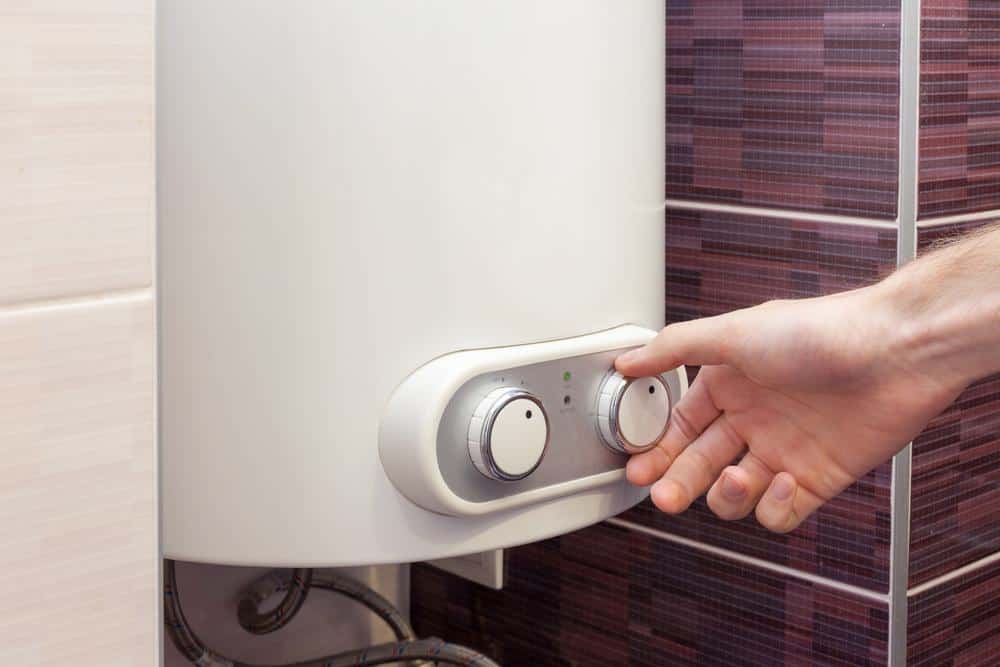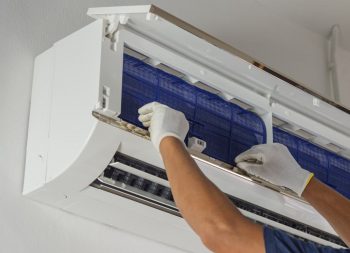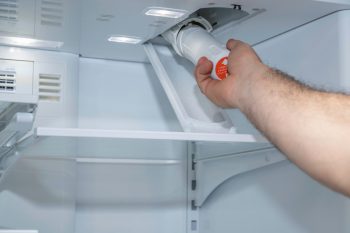
Checking an electric hot water heater is an essential task that ensures the longevity of the appliance and helps prevent unexpected breakdowns. This comprehensive guide will help you understand how to inspect your electric hot water heater properly.
To check an electric hot water heater, first turn off the power for safety. Then, inspect the circuit breaker, check for leaks around the tank, test the temperature-pressure relief (TPR) valve, and check the anode rod for corrosion. Drain the tank to remove sediment, adjust the temperature to between 120-140 degrees Fahrenheit, inspect the heating elements and thermostat with an ohmmeter and multimeter respectively, and finally, check the wiring for any signs of damage. If any issues persist, seek professional help.
Turn Off the Power
Safety should always be your top priority when working with electrical appliances. Before you begin your inspection, ensure that the power to the water heater is turned off. Locate the appropriate breaker in your home’s service panel (breaker box) and turn it off.
Check the Circuit Breaker
The circuit breaker is a crucial component that ensures the smooth operation of your electric hot water heater. Find the circuit breaker labeled “water heater” in your home’s main electrical panel. If it’s in the OFF position, flip it to the ON position as a test. If the breaker immediately flips back to the OFF position, this indicates a bigger electrical problem, and you should call a professional to diagnose and repair the issue.
Inspect for Leaks
Leaks are a common problem that can cause significant damage if left unchecked. Check around your water heater for any visible signs of leakage. This could be around the tank itself or at the connections.
Test the Temperature-Pressure Relief (TPR) Valve
The TPR valve is a critical safety feature of your water heater. It prevents the tank from over-pressurizing by releasing excess pressure. Lift the valve’s lever and let it snap back, releasing a burst of water. If water continues to flow or there’s no water at all, the valve may need to be replaced.
Check the Anode Rod
The anode rod is a component that helps prevent the tank from rusting. To check the anode rod, you will need to drain the tank and remove the rod for inspection. If the rod shows signs of excessive corrosion, it needs to be replaced.
Drain the Tank and Wash Out Sediment
Flushing the tank helps remove sediment buildup, which can affect the heater’s efficiency and lifespan. To do this, you will need to shut off the electricity and water supply, connect a hose to the drain valve, and allow the water to flow out until it runs clear.
Adjust the Temperature
For optimal performance and energy efficiency, ensure that the thermostat is set between 120 and 140 degrees Fahrenheit.
Inspect Heating Elements
The heating elements are what heat the water in your tank. You can test the elements using an ohmmeter to check for resistance. If the elements show signs of damage or failure, they may need to be replaced.
Check the Thermostat
The thermostat controls the temperature of the water in your tank. To check the thermostat, you will need to use a multimeter. If the thermostat is not functioning properly, it may need to be replaced.
Inspect Wiring
Check the wiring connections for any signs of damage, corrosion, or loose connections. Damaged wiring can lead to inefficient operation or even a complete breakdown of your hot water heater.
Remember, if after performing these checks, you’re still experiencing issues with your electric hot water heater, it’s best to consult a professional plumber for further assistance. Regular maintenance, such as flushing the tank and inspecting the anode rod, can help extend the lifespan of your water heater and maintain its efficiency.
Frequently Asked Questions
How often should I drain and flush my electric hot water heater?
It is generally recommended to drain and flush your electric hot water heater once a year. However, if you live in an area with hard water, you may need to do this more frequently – every six months.
What is the lifespan of an electric hot water heater?
The average lifespan of an electric hot water heater is about 10 to 15 years. However, regular maintenance and timely repairs can extend its service life.
How do I know if my circuit breaker is faulty?
If your circuit breaker is faulty, it may trip frequently or fail to stay in the ON position. You may also notice signs of electrical problems, such as flickering lights or appliances not working properly.
What is the purpose of the Temperature-Pressure Relief (TPR) valve?
The Temperature-Pressure Relief (TPR) valve is a safety device that releases pressure from the water heater if the temperature or pressure becomes too high, preventing potential explosions.
How do I know if my anode rod needs to be replaced?
If your anode rod shows signs of severe corrosion or is less than 1/2 inch thick, it needs to be replaced. Some signs of a failing anode rod include rusty water, a rotten egg smell, or a decrease in water pressure.
Can I adjust the temperature of my water heater myself?
Yes, you can adjust the temperature of your water heater yourself. However, it is important to follow the manufacturer’s instructions and safety guidelines. The recommended temperature setting is between 120 and 140 degrees Fahrenheit.












